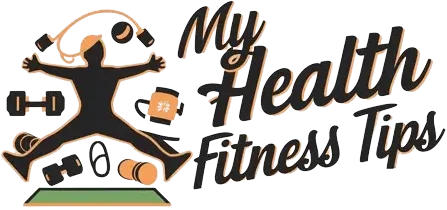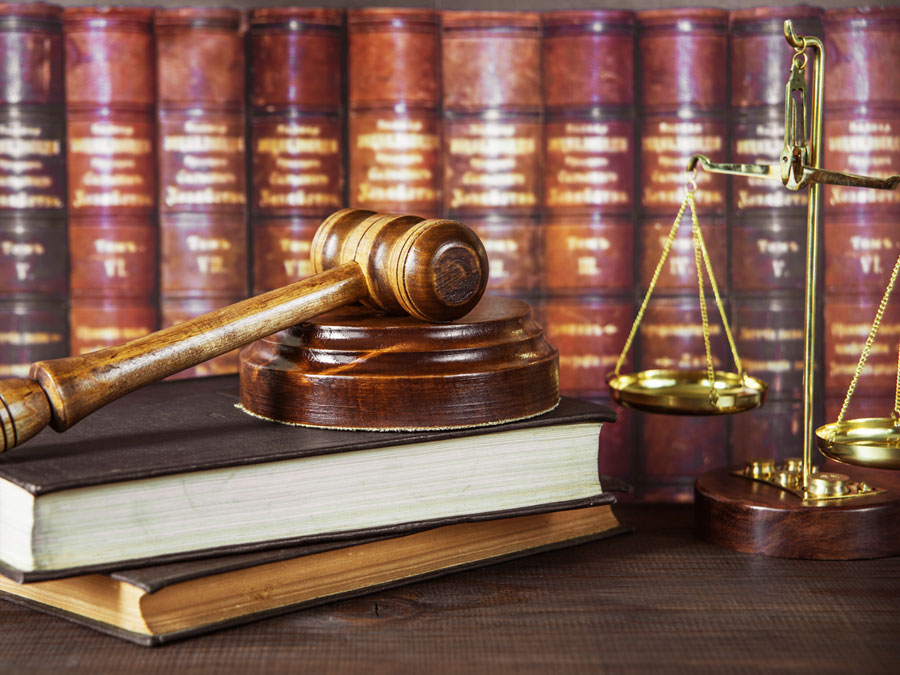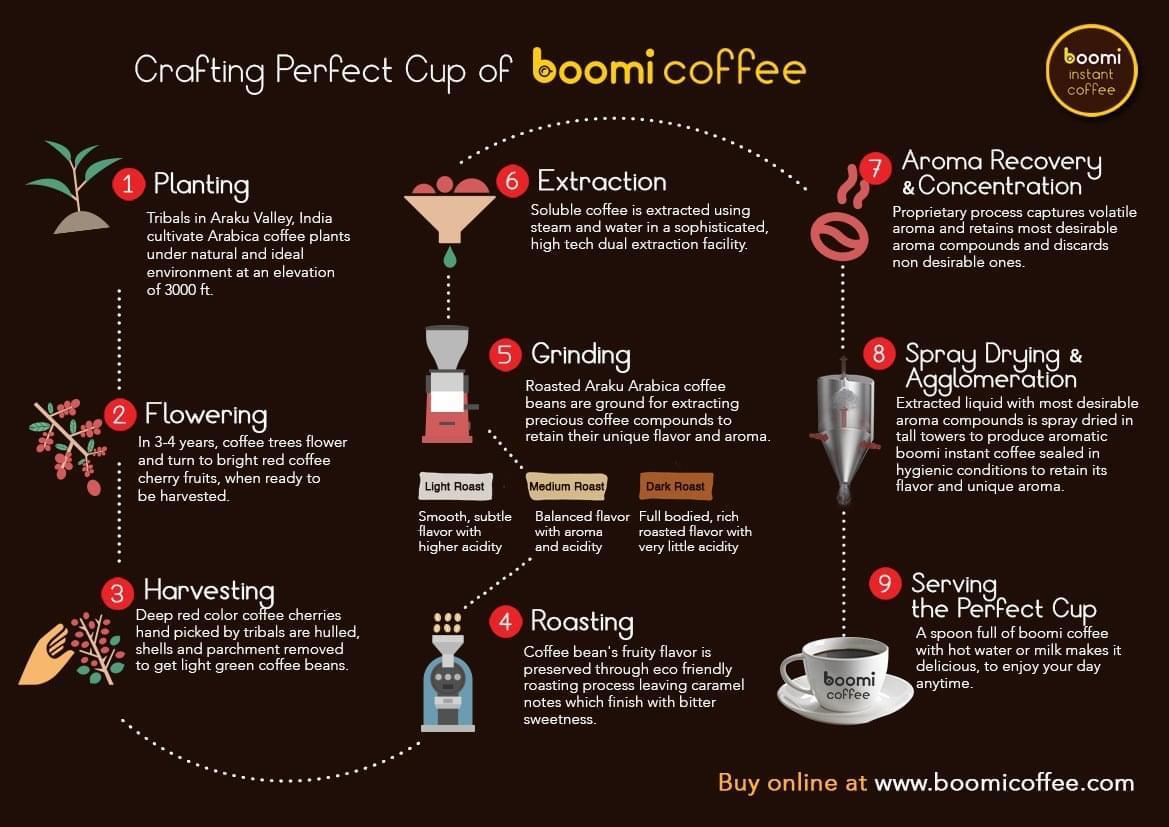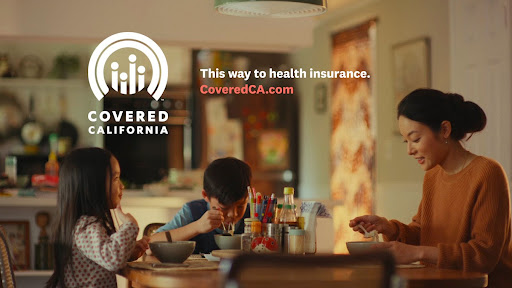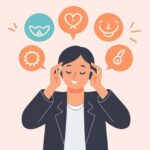We all like to think we make rational, objective decisions based on facts. But the human mind didn’t evolve for purely logical reasoning. Unconscious cognitive biases creep into our thinking, subtly distorting perceptions and slanting choices. Understanding some of the most prevalent biases can help recognize warped thought patterns. With awareness comes the ability to compensate and make choices more deliberately.
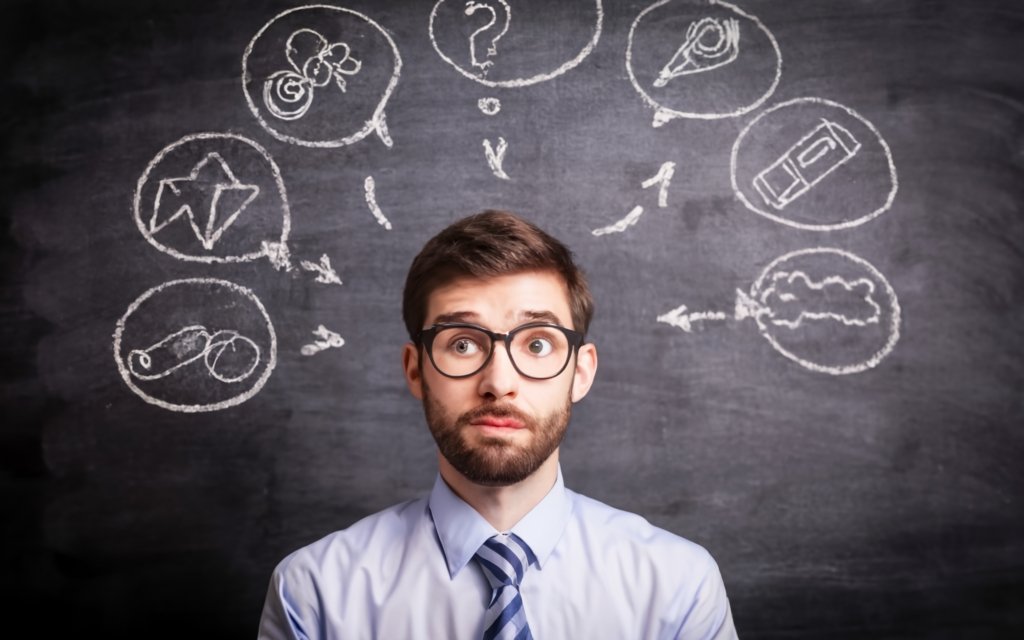
Content
What are Cognitive Biases?
Cognitive biases refer to the systematic ways our mental shortcuts, known as heuristics, can go awry. They are mental glitches affecting how we process information and form opinions. Biases skew our risk assessments, causal attributions, memories, and preferences in predictable manners without us realizing it. A Scottsdale psychologist says recognizing our vulnerabilities can counteract biased thinking.
Anchoring Bias
Our judgments anchor unconsciously on the first information we receive, even if it’s irrelevant. For example, a randomly generated high or low number influences subsequent price estimates, probability, or other quantitative questions. We rely too heavily on the initial anchor and don’t adjust sufficiently based on other evidence.
Availability Heuristic
This is judging what’s more likely or frequent by what readily comes to mind. For example, sensational events receive disproportionate attention, making them seem more prevalent than they are. Or we overestimate our risk of dying from memorable but rare causes like plane crashes versus more mundane but deadly ones like car accidents.
Confirmation Bias
We seek and favor information confirming our preexisting beliefs while dismissing disconfirming evidence. This makes us prone to selectively gathering “facts” that support our views and overlooking contradictory data, no matter how compelling. It takes effort to consider alternative perspectives objectively.
Overconfidence Effect
We overestimate our abilities, knowledge, and the accuracy of our judgments. This bias kicks in on tasks involving memory, multitasking, driving skills, etc. We think we understand concepts better than we do and that we can predict outcomes with unwarranted certainty.
Framing Effect
The way a choice is presented, whether as gains or losses, positively or negatively framed, influences our preferences. For example, people react more strongly to avoid losses than to acquire gains of the same amount. Framing exploits psychological aversion to potential downsides.
How to Overcome Cognitive Biases
Recognizing our biases is the first step. Then we can:
- Consider views opposing our initial stance.
- Get facts from multiple credible sources.
- Reflect on past errors and overconfidence.
- Avoid judging probabilities based on examples that readily come to mind.
- Note how choices are framed and consider alternative presentations.
- Get outside perspectives to mitigate blind spots.
With practice, we can learn to reframe automatic thinking, slow down judgments, and make choices in a more balanced, evidence-based manner. While complete objectivity may be impossible, awareness counteracts the hidden slants of cognitive biases.

Alina Smith is a health blog author with an interest in the intersection of wellness and mental health. She’s worked as a writer, editor, and communications specialist for various healthcare organizations. Alina has also led projects to improve access to care for underserved populations in both rural and urban settings.
